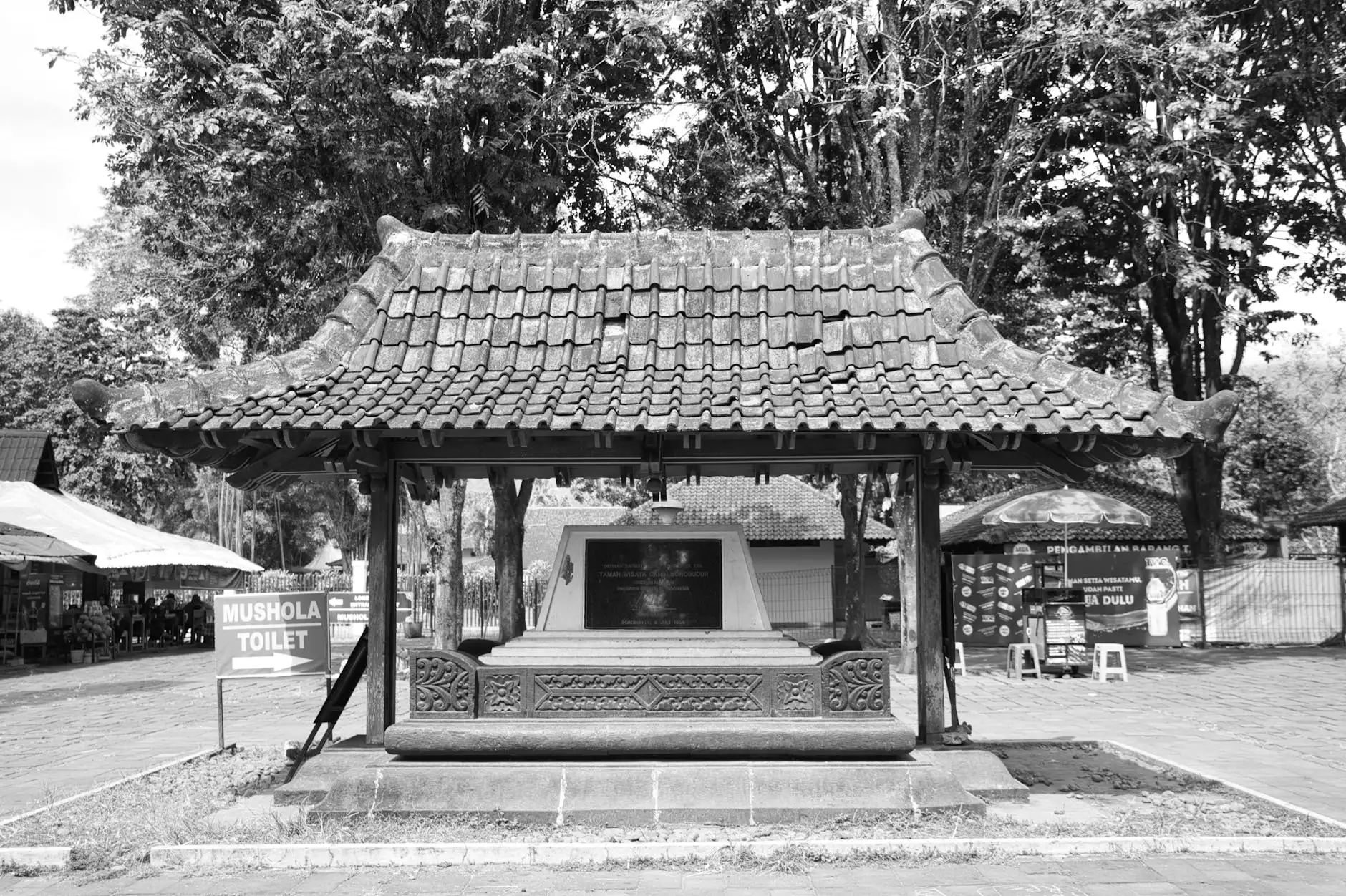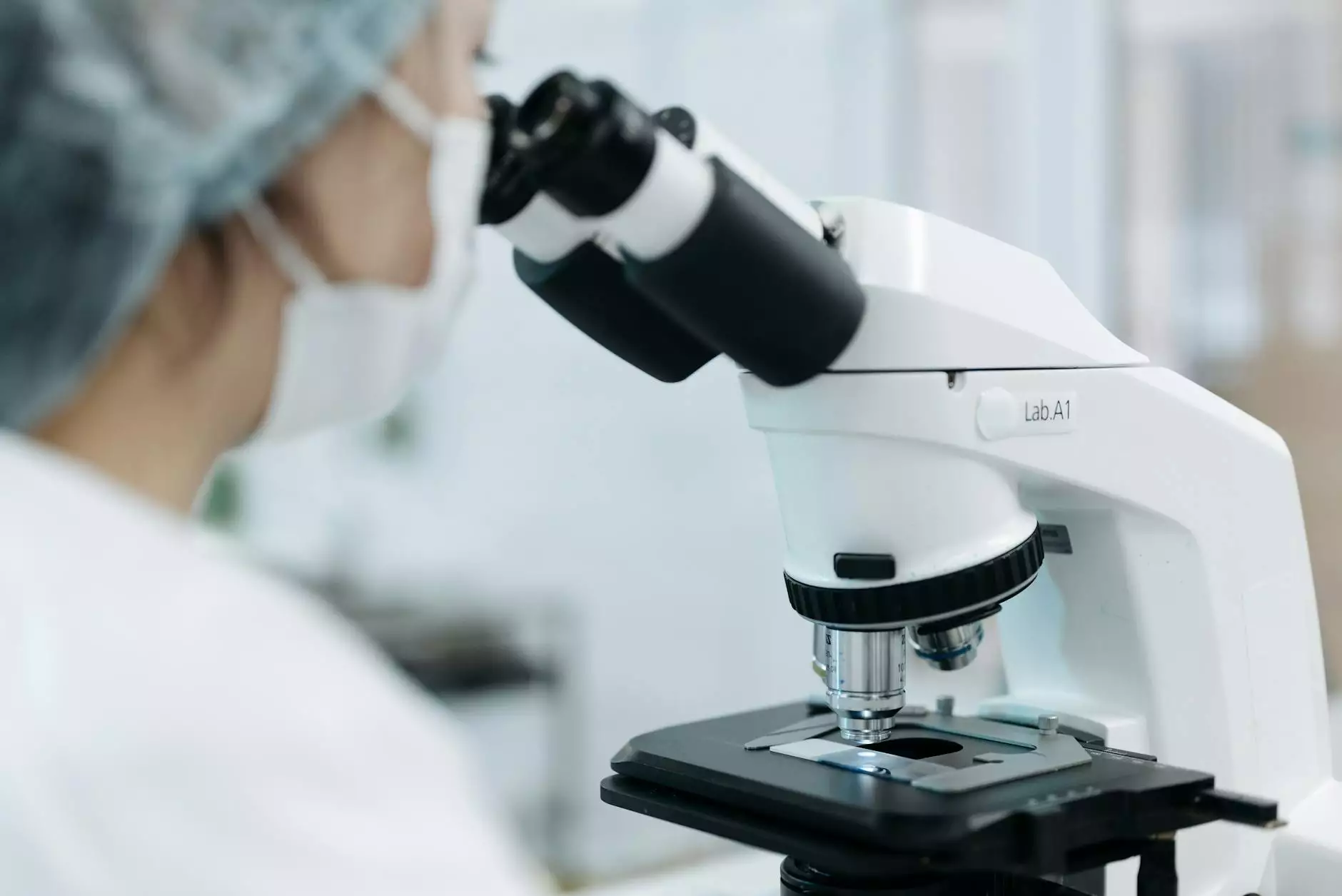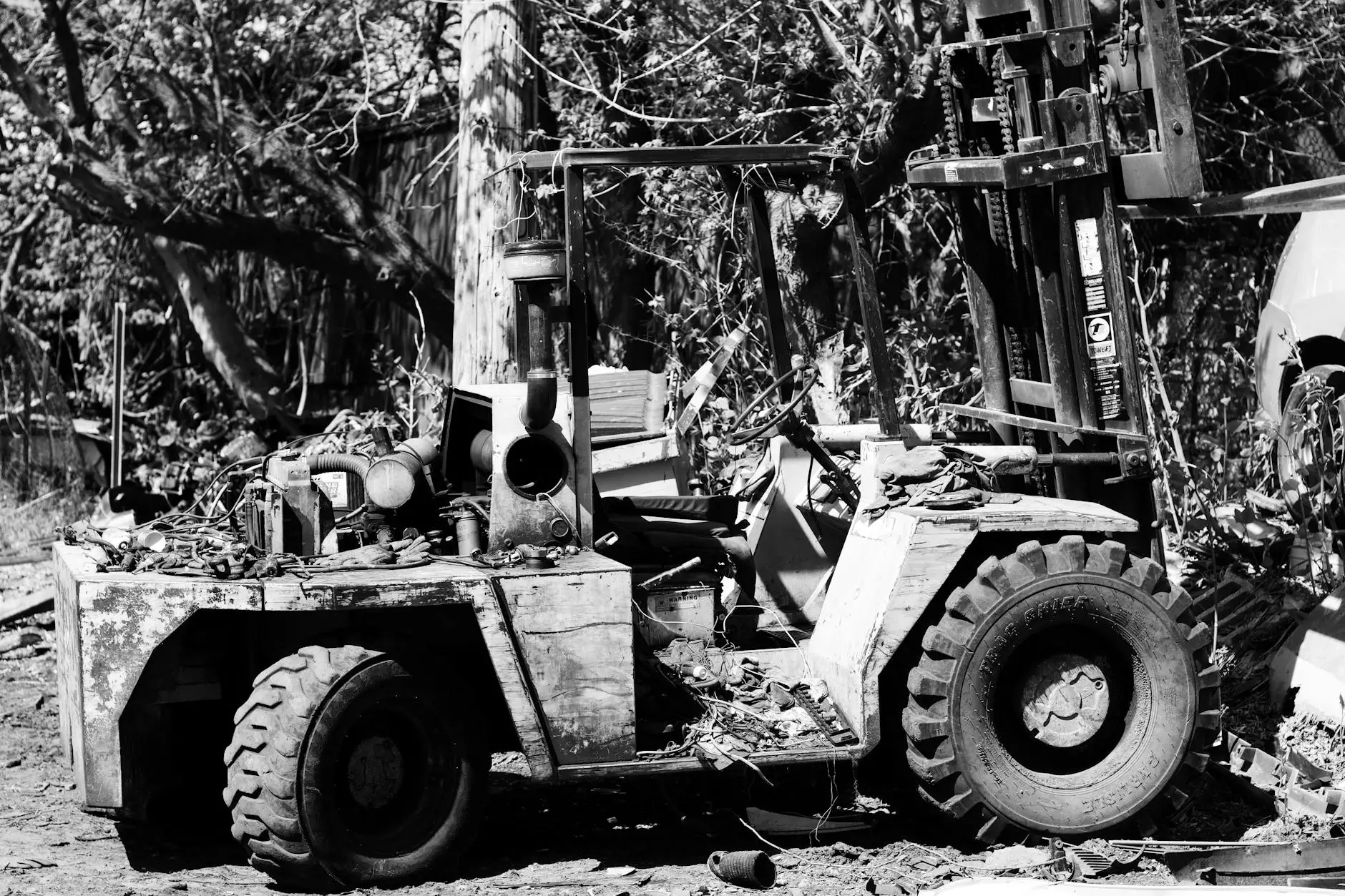What is a Subpleural Nodule in the Lung?

A subpleural nodule is an abnormal growth or lesion located beneath the pleura, which is the protective membrane covering the lungs. These nodules can be discovered incidentally during imaging studies such as chest X-rays or CT scans. Understanding what is a subpleural nodule in lung is critical in determining its significance and guiding patient management.
1. Anatomy of the Lung and Pleura
Before delving deeper into subpleural nodules, it’s essential to understand the anatomy of the lungs and the pleura. The lungs are surrounded by a double-layered membrane called the pleura, which consists of:
- Visceral pleura: The inner layer that adheres closely to the lung surface.
- Parietal pleura: The outer layer that lines the pleural cavity.
Between these layers is the pleural space, which contains a small amount of pleural fluid. Subpleural nodules can arise from various pathological processes affecting either the lung tissue or the pleura itself.
2. Causes of Subpleural Nodules
Numerous conditions can lead to the formation of subpleural nodules in the lungs. These can be classified as benign or malignant, and understanding the underlying causes is crucial for diagnosis. Common causes include:
- Inflammatory Conditions: Conditions like pneumonia or granulomatous diseases such as sarcoidosis can result in the formation of subpleural nodules.
- Infectious Diseases: Infections, particularly tuberculosis, can manifest as subpleural nodules.
- Benign Tumors: Hamartomas or other benign lesions may present as nodules in the subpleural region.
- Malignant Tumors: Lung cancer or metastatic disease from other body sites can lead to subpleural nodules.
- Pleural Diseases: Conditions affecting the pleura itself, such as pleural effusion or mesothelioma, may also present in this manner.
3. Symptoms of Subpleural Nodules
One of the challenging aspects of identifying subpleural nodules is that they often do not produce symptoms. Many individuals are unaware they have nodules until the nodules are detected during imaging studies. However, in some cases, symptoms may occur depending on the underlying cause, such as:
- Coughing: A persistent cough may develop, particularly if the nodule is associated with infection or malignancy.
- Shortness of breath: This can occur if the nodules cause obstruction or inflammation.
- Chest pain: Pain may arise if the nodule irritates surrounding structures.
- Weight loss: Unexplained weight loss may be associated with malignancy or infections.
4. Diagnosis of Subpleural Nodules
Diagnosis is crucial in determining the nature of subpleural nodules. Here are some common diagnostic approaches:
- Imaging Studies: Initial detection occurs via chest X-rays or CT scans, which can assess the size, shape, and characteristics of the nodules.
- Biopsy: If malignancy is suspected, a biopsy (either via needles or surgical techniques) may be necessary to obtain tissue for analysis.
- Blood Tests: Blood tests can help identify markers of infection or malignancy.
- Pulmonary Function Tests: These tests can evaluate lung function, particularly if symptoms are present.
5. Management and Treatment of Subpleural Nodules
The management of subpleural nodules depends significantly on the underlying cause and whether the nodule is benign or malignant. Treatment options can include:
- Observation:If the nodules are small (
- Medication: In the case of infections, appropriate antibiotics or antifungal drugs will be initiated.
- Surgery: For larger or potentially malignant nodules, surgical removal (lobectomy or wedge resection) may be necessary.
- Follow-Up Care: Regular follow-ups with imaging can help ensure that nodules do not change in size or appearance.
6. Prognosis of Subpleural Nodules
The prognosis for patients with subpleural nodules varies based on the underlying cause:
- Benign Nodules: Generally have an excellent prognosis if monitored appropriately.
- Malignant Nodules: Early detection and treatment significantly improve outcomes.
- Infectious Nodules: Often resolve with appropriate treatment, but chronic infections can complicate recovery.
7. The Importance of Early Detection
Early detection of subpleural nodules is vital for effective management and improving patient outcomes. For individuals at higher risk of lung diseases, including smokers or those with a family history of lung cancer, regular screenings and imaging may be recommended.
8. Conclusion
In summary, understanding what is a subpleural nodule in lung is essential for anyone concerned about lung health. Whether benign or malignant, these nodules require careful evaluation and management. The collaborative approach involving healthcare professionals such as pulmonologists and radiologists ensures that patients receive personalized care based on their specific conditions. If you have been diagnosed with a subpleural nodule, it is crucial to discuss your situation with your healthcare provider, as timely intervention can make a significant difference.
For further inquiries on subpleural nodules and lung health, consider visiting neumarksurgery.com, where you will find more resources and information relevant to your health needs.









